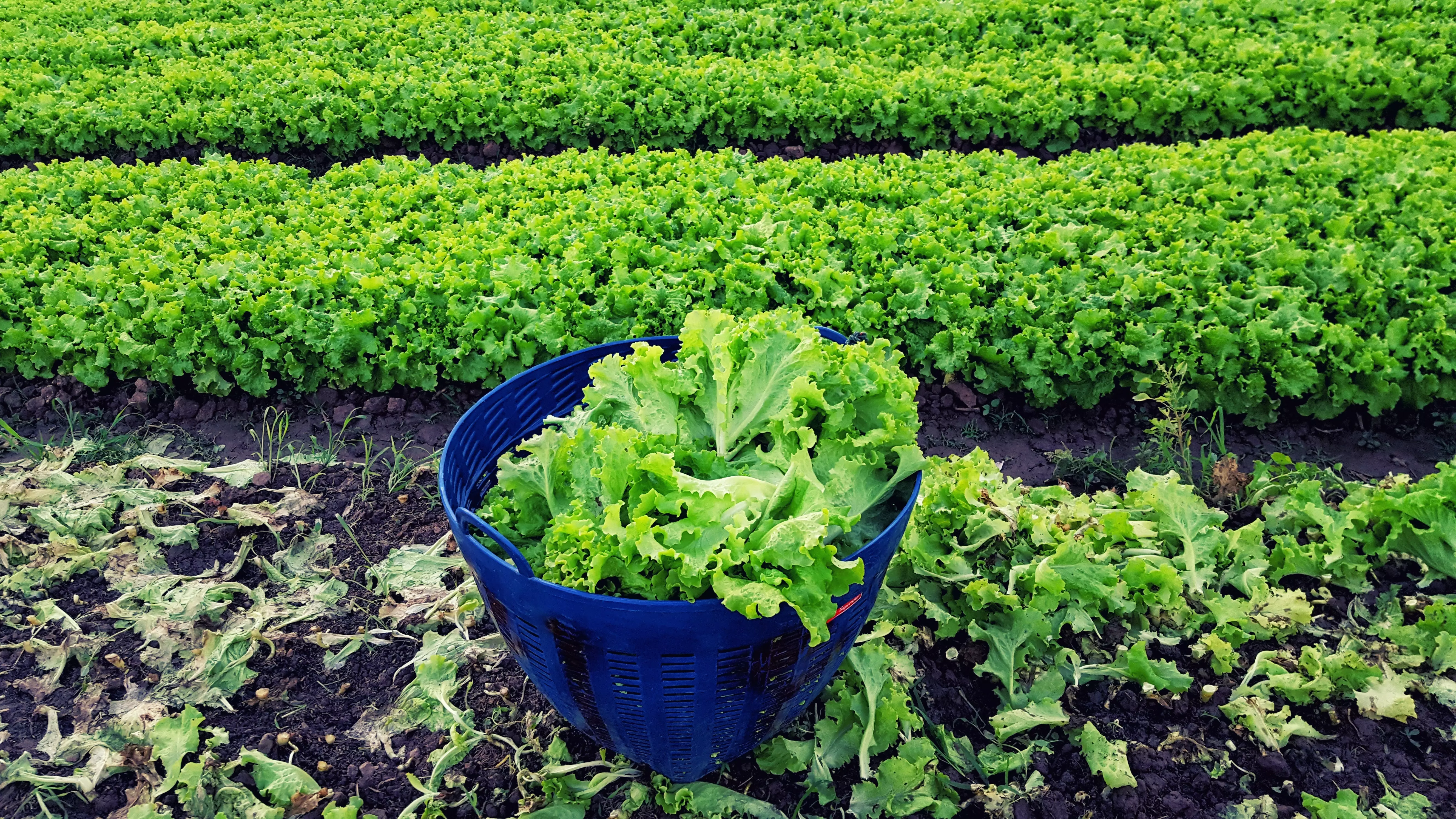Greenery in New Jersey charms and challenges
The state of New Jersey is famous for its picturesque landscapes, lush vegetation and beautiful parks. However, protecting and developing the state's green infrastructure is not only one of its greatest assets, but also a major challenge. In the face of dwindling natural resources and human impact on the environment, it becomes necessary to look for green and sustainable solutions. Let's find out what innovations and practices can contribute to the development of green infrastructure in New Jersey.
Responsible water management
One of the key elements of green infrastructure is responsible water management. In New Jersey, where droughts and floods are on the rise, it is imperative to find solutions that reduce drinking water consumption and minimize the negative effects of extreme precipitation. One proven solution is the installation of intelligent irrigation systems that adapt to weather conditions and plant needs. As a result, water consumption can be significantly reduced, which benefits the environment and the budget of every plot owner.
Renewable energy sources
Renewable energy is another key component of sustainable infrastructure. New Jersey is a leader in the use of solar and wind energy, but there is still much that can be done to ensure that this potential is fully realized. Expanding offshore wind farms and installing solar panels on the roofs of homes and buildings are just a few of the solutions that will increase the share of renewables in the state's overall infrastructure. This will allow us to draw energy directly from natural sources, minimizing CO2 emissions and taking advantage of the unlimited supply of solar energy.
Maintaining biodiversity
Biodiversity is the cornerstone of sustainable development. There are many areas in New Jersey that harbor unique plant and animal species. However, with the threats of urbanization and ecosystem degradation, it is becoming necessary to protect and restore natural habitats. Many organizations and institutions are joining in projects to revitalize green spaces, plant trees and protect the sites of endangered species. These activities contribute to the preservation of biodiversity, as well as improving the quality of life for residents who enjoy these natural oases of recreation.
Green roofs and walls
Already visible in some parts of New Jersey, green roofs and walls are an innovative solution that has great potential in the context of green infrastructure. The vegetation that grows on the roofs and walls of buildings makes them absorb more rainwater, clean the air of pollutants and provide natural thermal insulation. In addition, green roofs and walls help reduce the so-called "heat island effect" resulting from the heating of concrete city surfaces. More and more individuals and companies are opting for such solutions, contributing to the sustainability of New Jersey's urban planning strategy.
Summary
Sustainable development of green infrastructure is one of the key challenges facing the state of New Jersey. Responsible water management, the use of renewable energy sources, the protection of biodiversity, and innovative solutions such as green roofs and walls are integral to the pursuit of a green and sustainable landscape. With the measures taken, New Jersey can become an example for other regions on how to effectively manage green spaces while protecting the environment and improving the quality of life for residents.

Add comment